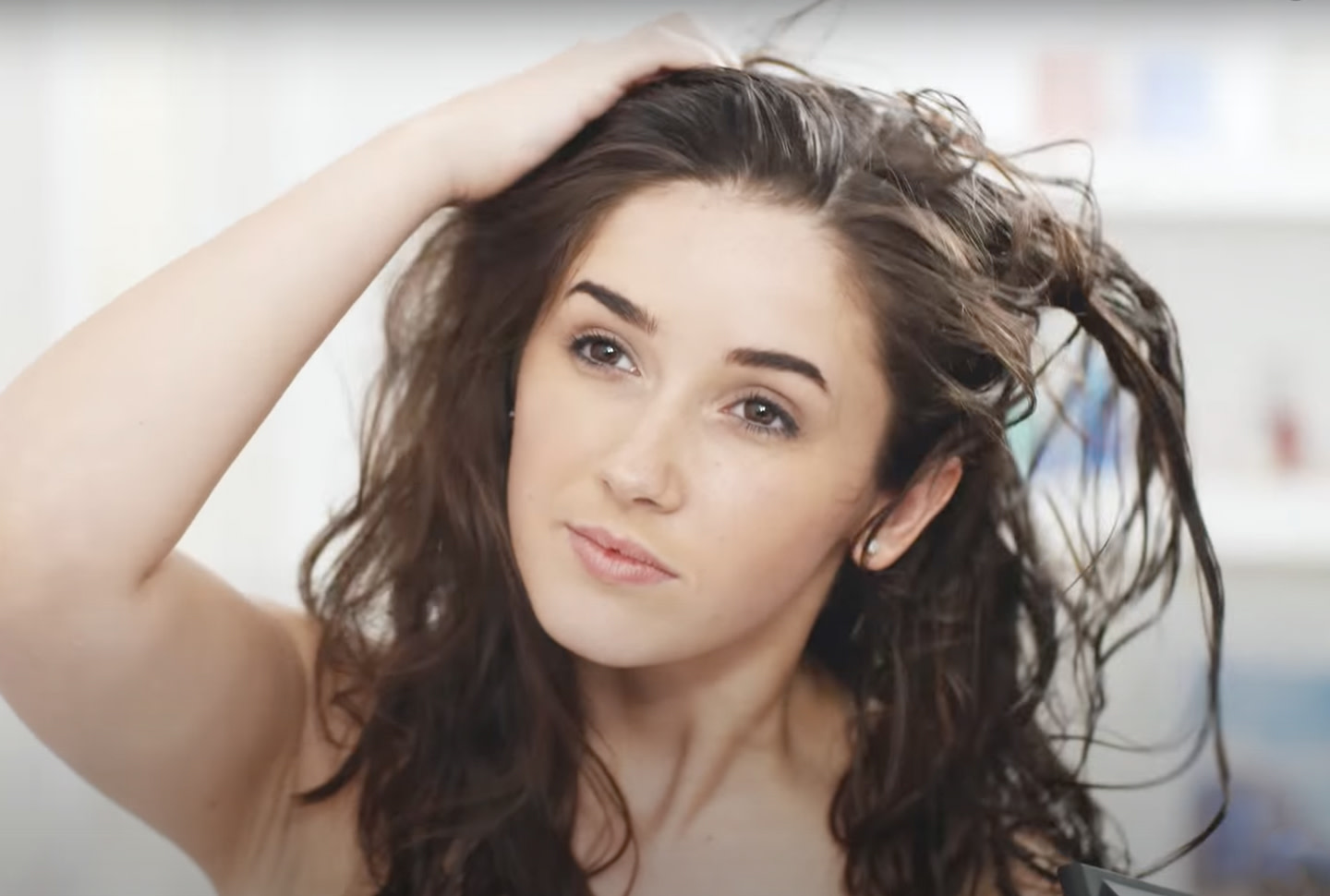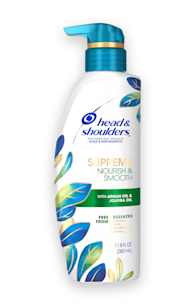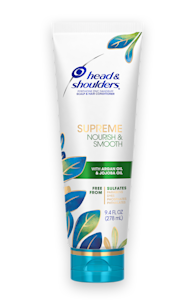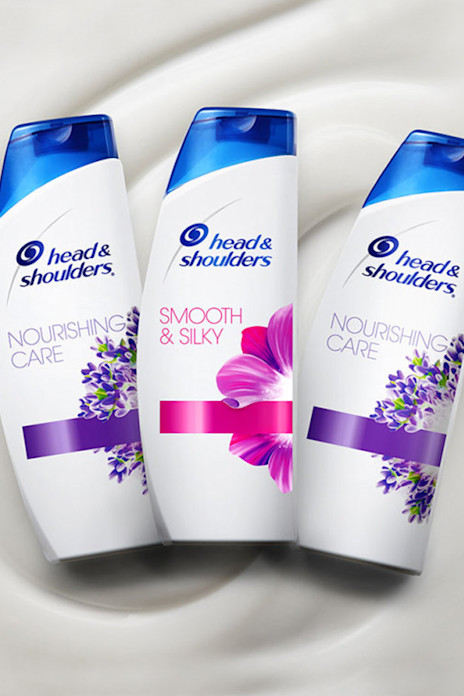Tanning and your scalp
While a deep tan might look good, getting a tan can also stress out your skin – and this is as true for your scalp as it is anywhere else.
The first issue is humidity. Malassezia globosa thrives best in a warm, moist environment. Tanning – whether in a tanning bed or in the sun - is a sweaty business. Sweating on the scalp can cause an increase in Malassezia globosa, which could contribute to a flare up of dandruff symptoms.
The second issue is with sunburn. Overdoing the sun can cause acute skin damage, kicking its defenses into high gear. The skin becomes red as it is flooded with blood to help with healing, accompanied by inflammation and tenderness. A few days later, the burnt skin begins to peel, as the body gets rid of the damaged skin.
The other issue, of course, is long-term consequences to UV light exposure, which include dryness, premature ageing and wrinkling, brown spots, and even skin cancer.
Whether you choose to tan or not, paying special attention to your scalp can help to keep it healthy. It may seem odd, but it’s a good idea to massage sun screen into your scalp before UV exposure, particularly on your part line and any areas not covered by hair or where the hair is thinning. It’ll mean taking a shower afterwards to wash out the residue, but your scalp will thank you.
A good moisturizing shampoo will help replace lost moisture caused by exposure to the sun. If you’re prone to scalp flaking, choose a dandruff shampoo, which will help protect your skin from the effects of Malassezia globosa.






